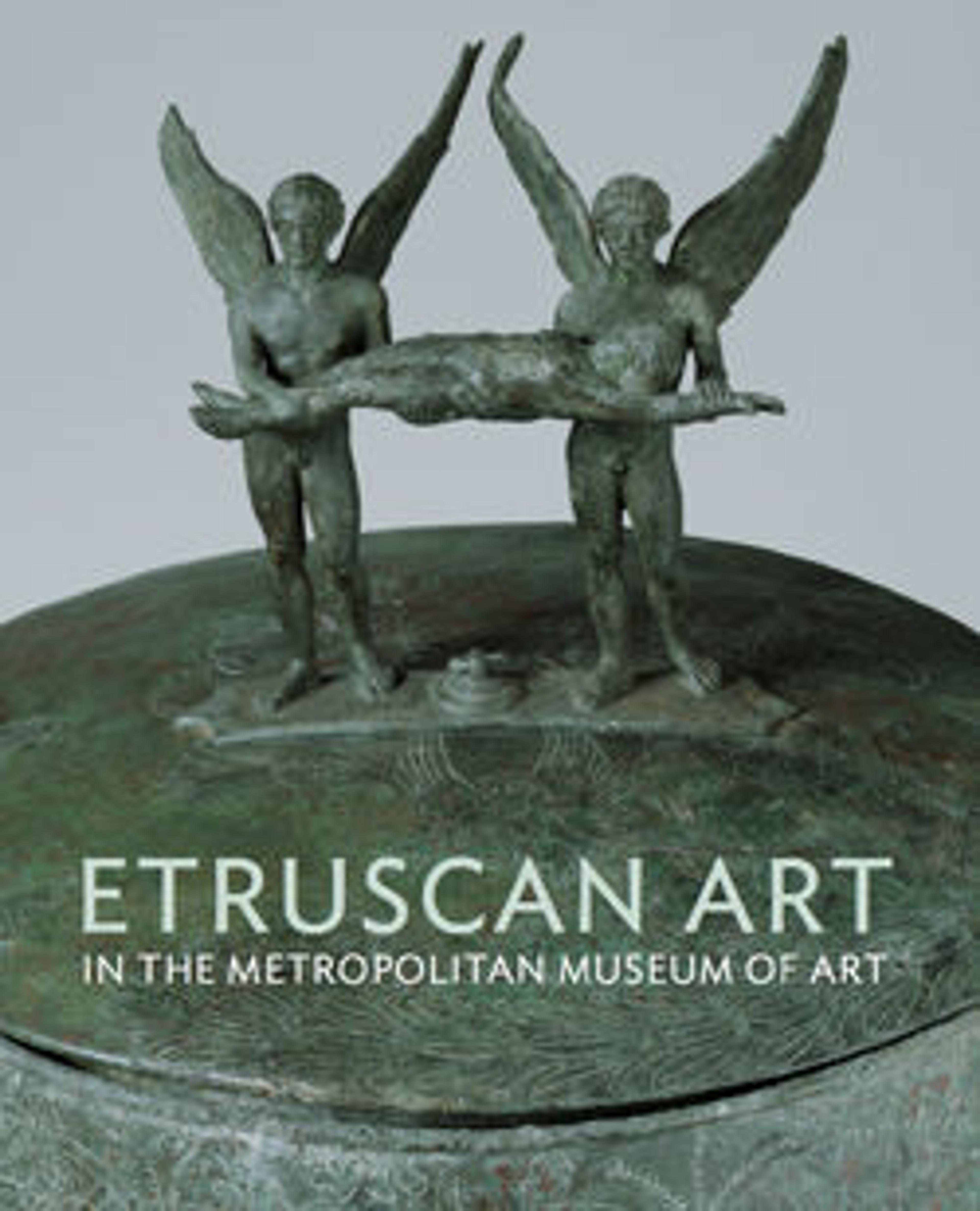Terracotta statue of a young woman
The legendary king Aeneas, father of the Latin race, fled from Troy to Macedonia, then Sicily, and finally to the Italian peninsula. There he founded a city called Lavinium (modern Pratica di Mare), a site eighteen miles south of Rome, which became a major religious center for the Latin people. The distinctive clothing and jewelry on this life-sized statue closely resemble those on fourth and third century B.C. terracottas found there. The elaborate necklaces and armband appear to be reproduced from molds of actual jewelry. Some of the pendants are decorated with reliefs depicting various Etruscan deities and heroes. Originally, this woman wore a pair of grape-cluster earrings. The one on her left ear is visible behind her long hair. When complete, the statue probably stood in a sanctuary and showed the young woman holding an incense box in her extended right hand. This rare statue is an exceptional example of the awakening sophistication of Italic artists, who over the following two centuries fused native traditions with imported ones and gave birth to the multifaceted art of Late Republican Rome.
Artwork Details
- Title:Terracotta statue of a young woman
- Date:late 4th–early 3rd century BCE
- Culture:Etruscan
- Medium:Terracotta
- Dimensions:H. 29 7/16 in. (74.8 cm)
- Classification:Terracottas
- Credit Line:Rogers Fund, 1916
- Object Number:16.141
- Curatorial Department: Greek and Roman Art
Audio
1214. Terracotta statue of a young woman
0:00
0:00
We're sorry, the transcript for this audio track is not available at this time. Please email info@metmuseum.org to request a transcript for this track.
More Artwork
Research Resources
The Met provides unparalleled resources for research and welcomes an international community of students and scholars. The Met's Open Access API is where creators and researchers can connect to the The Met collection. Open Access data and public domain images are available for unrestricted commercial and noncommercial use without permission or fee.
To request images under copyright and other restrictions, please use this Image Request form.
Feedback
We continue to research and examine historical and cultural context for objects in The Met collection. If you have comments or questions about this object record, please contact us using the form below. The Museum looks forward to receiving your comments.
